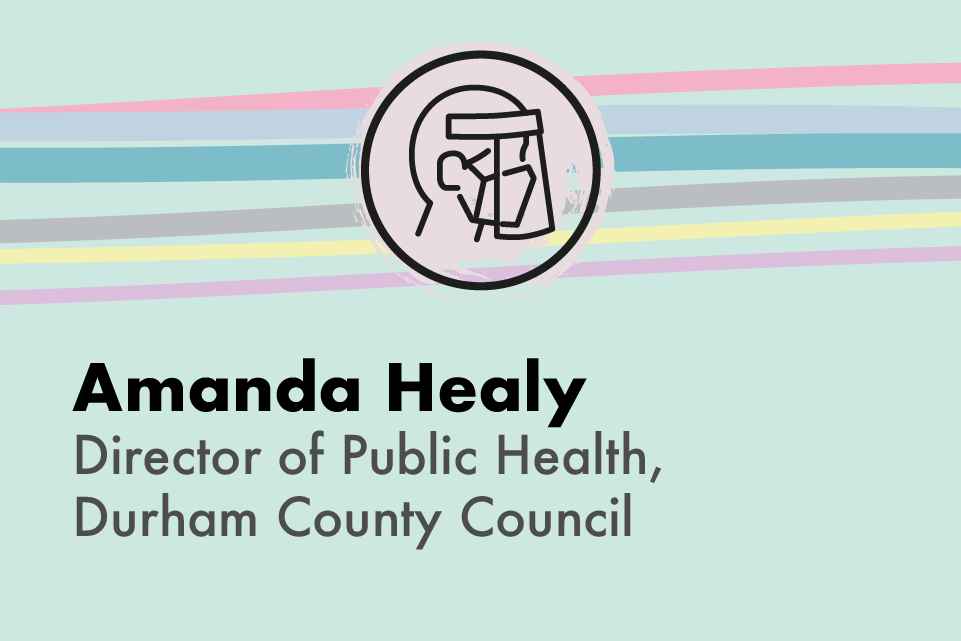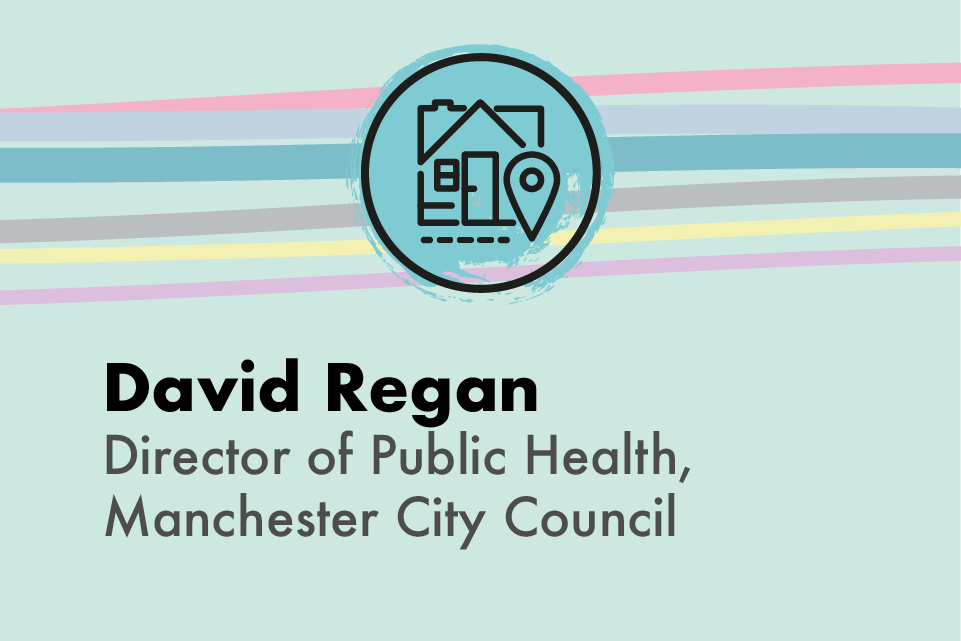Interview with Sarah Scott, Director of Public Health, Gloucestershire County Council
This is part of a series of interviews with public health directors, published on 8 December 2020.
The challenges have come thick and fast in both waves of Covid, but they have been very, very different, says Sarah Scott, Gloucestershire’s Director of Public Health.
“In the first wave the key challenges were around PPE and access to testing. The second wave has been completely different – we have the PPE and we have the testing.
“But the sheer scale and pace of the initiatives and programmes we are being asked to do is incredibly demanding. So much is happening now – and directors of public health are at the heart of it. In that sense, it has perhaps been the most challenging period of my professional life.
“We’ve have had local contact tracing to get up-and-running and now we have mass testing – there is so much we can do. The expectations are huge – and I do feel the pressure to make the right decisions.”
The tricky task of rapid testing roll-out
Gloucestershire has got started with local contact tracing. “We are doing it from within the public health team to test it out before getting others involved. We are now training staff from across the wider council to support this work.
“We are doing this at the same time as we have been responding to the rise in cases and the changing nature of restrictions from tiers to lockdown and back to tiers.”
However, Ms Scott said the most difficult aspect to manage is the roll-out of rapid testing. “There are such huge expectations for what it can do. It is seen as the solution along with vaccines to the pandemic.
“It does have huge potential, but we have to be careful how it is managed and look at the scientific basis where it can be effective. It is not a simple solution that will work in every environment. When it was first talked about it was sold as mass population testing, allowing life to get back to normal. It is not as clear cut as many think.”
“We have to target it right. My first instinct was to use it in care homes, among staff and visitors, but that is now part of the national initiative. Then I thought about domiciliary care, but that’s going to happen too it seems.
“I didn’t want to rush into it. But there is a local university that was not part of the further education allocation – it’s the Royal Agricultural University – so we are working with them to ensure that the students have access to testing before they return home as well as a local college and sixth form to pilot it and learn.
“For every 10,000 tests you do you need 55 staff. It’s going to be a seven-day a week operation. But initially those staff will be taken from other jobs – so you have to make sure it has the best impact.”
The importance of communication
And if that is not enough to contend with, there is the vaccination programme. “It’s great to have that hope – that light at the end of the tunnel. It will be led by the NHS, but directors of public health will still have a big role in terms of communication.
“We are already seeing some anti-vax movement in Stroud in particular. We have to challenge the myths and make sure people receive the correct information.
“Communication has been essential throughout. During the first lockdown, the message was clear. People knew what they were being asked to do. But since then we have worked hard to get the tone right and get people engaged.
“People are fatigued and don’t want to be lectured. We have tried to make some of our public messaging more positive. We don’t want to scare people so we have started a campaign “Do it for us, do it for Gloucestershire”. It is upbeat, featuring real life stories from our residents ic. We have tried to make it relatable.”
It certainly seems to have had an impact. During the summer and into the second wave, Gloucestershire has seen relatively low rates of transmission – well below the national average. Ahead of the second lockdown the county was in tier one, although it has now been moved up to tier two.
“The second wave has, been challenging in different ways, as with everywhere else we have been dealing with winter pressures as well.
“But we have not seen the increase other parts of the country have this time. We’ve not got the large student population that you see in places like Exeter, Bath and Bristol.”
Integration has been key
Ms Scott said since the start of the pandemic she has been helped by her “fantastic team” and the support of the wider system. “Whenever I have asked anything of anyone, they have done it. It has been fantastic.”
She believes the county has been helped by the integrated nature of services. The CCG and county council are co-terminus and together with the NHS trusts covering acute, community and mental health care work as part of the One Gloucestershire Integrated Care System.
“It has made a massive difference. To give one example, the fire service is part of the county council. In the first wave we used pillar one testing to provide some testing to care homes, before the care home testing programme was rolled out.
“Fire fighters were trained to take the tests out to care homes and explain to staff how to carry them out and then waited while they conducted the tests and took them back to the labs. The strong relationships and integration we have has been vital – and will continue to be throughout the rest of the pandemic."



